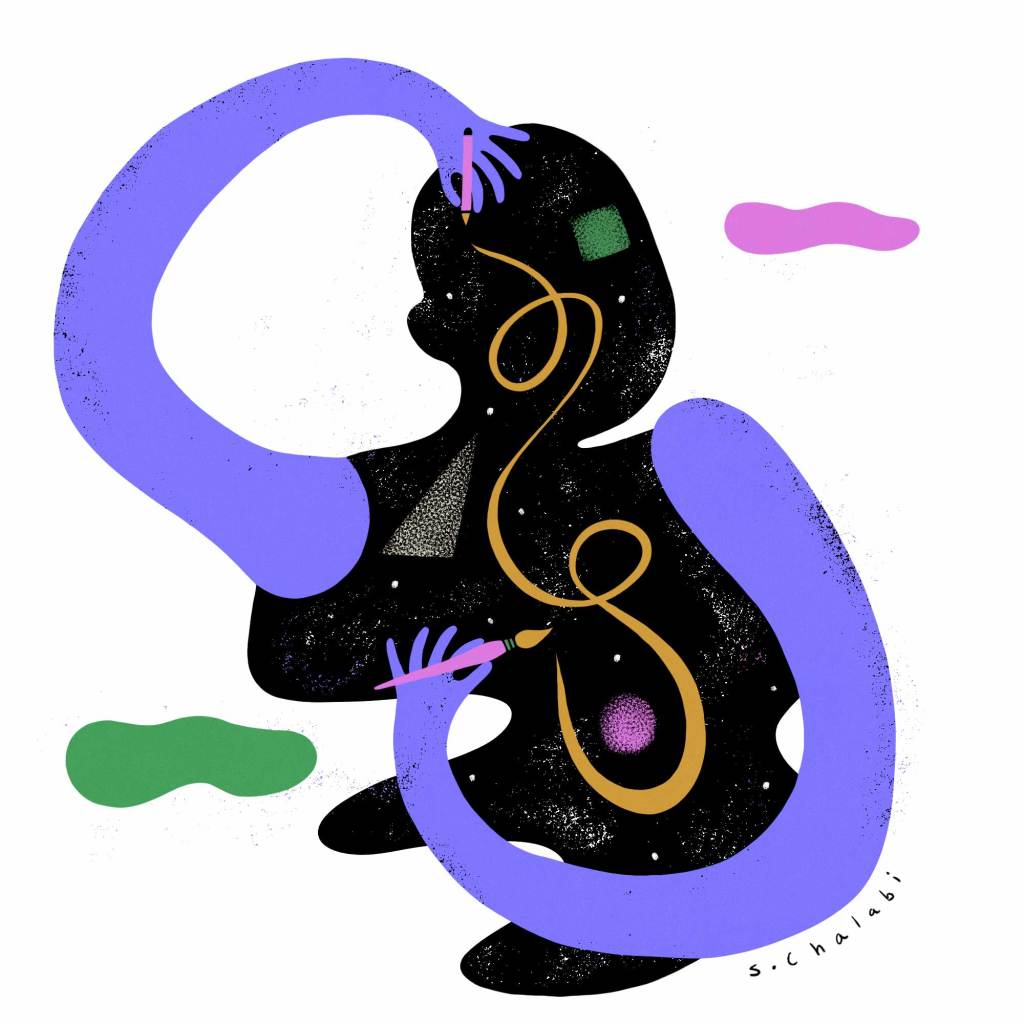Coco Fusco on why we should study the past to move forward
Coco Fusco is an artist and writer, and a professor at the Cooper Union School of Art.
The prompt given to writers for these CREATIVE FUTURES provocations references “reexamining our shared myths of justice and equity.” For those of us who live with injustice on a daily basis, this feels like a ruse. I’m skeptical about the idea that artists should whip up new works for a liberal elite that appears to be open to “heart-wrenching” tales of injustice and an “uplifting” imagining of better futures. Artists have been asked to do that before, and, after a brief period of what Herbert Marcuse termed “repressive desublimation,” during which we’re supposed to supply quick and shallow responses to complex issues that essentially end discussions before they really begin, we’ve encountered backlashes of all kinds. We’ve been called too simplistic, too strident, unmarketable, not representative, and anti-art—and then we’ve been forcibly disappeared from the art world landscape when critics and curators “discover” new trends and funders roll out another pressing agenda.
Don’t think me cynical—I witnessed what happened during the 1990s backlash against “identity politics.” Most of the artists that were in the infamous 1993 Whitney Biennial were rendered invisible shortly afterward. I heard foundation directors speak of being tired of being asked for money by homeless people on the subway. I saw that once-concerned curators suddenly had to pay attention to “global artists” with private backers in China and the Middle East. I heard editors I had worked with tell me that they no longer needed to hire Latinos. If progress is desired, we need to look back and make sure not to repeat history, not try to invent something new. We know from histories of activism that when we draw out continuities between past and present—between slavery and segregation, between mass incarceration and Jim Crow, between colonial exploitation and structural adjustment programs—we unmask the structural dimension of the practices of injustice.
There is already a good deal of art that has been and continues to be made that engages with injustice, racism, classism, sexism, authoritarianism, cultural genocide, and environmental degradation. We can embrace that history and take strength from it. We know that during economic downturns, conceptually driven and socially engaged art gets more attention from the press and the public. But much of it falls outside of what traditional institutions and galleries can manage because it does not take the form of objects—it involves performance, pirate radio, public art, digital interventions, multiples, DIY publications, and social practice. Museums have a much easier time absorbing this kind of art long after the fact—when the artists are dead or nearly dead, the Bohemia they inhabited is gone, and the issues that troubled then are past. When arts professionals bring the troubles of the present into the holy spaces of high culture and finance, they are far less welcome, despite the recent parade of declarations from arts institutions in support of Black Lives Matter.
I don’t think we need “new” art. The arts professionals that have been protesting in the streets and sending out declarations on social media are calling for institutional changes, not new aesthetic movements. They want to cut through the pieties that circulate in academia and arts institutions about art as a calling because they are struggling for survival in a milieu that pays lip service to high-minded values but is perversely unequal in its distribution of resources. They want to stop allowing “awareness” of diversity or sensitivity to racism to substitute for the implementation of policies that chip away privileges of the one percent. Equity won’t be achieved by a new biennial, another emerging artist of color survey, or a record auction sale by a Black artist. And while justice and equity may be goals for a democratic political culture, they have never been the principles that drive the most powerful patrons and artists of the art world. We’d do well to consider who actually views the arts as an arena in which social justice should prevail. We can’t assume that it’s a shared value.

This essay is part of CREATIVE FUTURES, a series of provocations by thinkers across the arts, documentary, and journalism on how to reimagine their sectors.